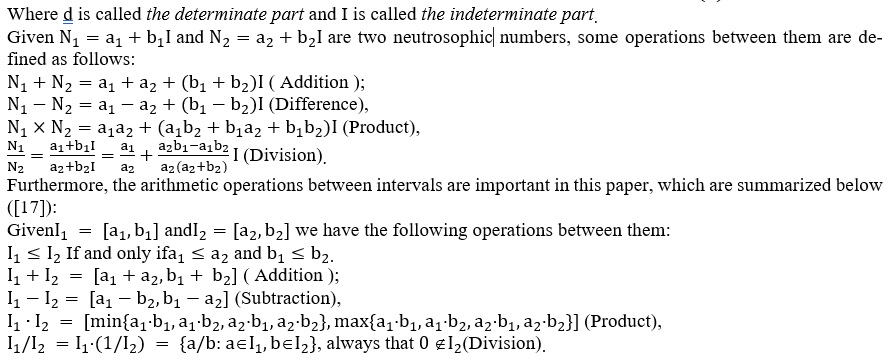Exploring the Impact of Educational Reforms and Their Dimensions on Teacher Performance Through the Analysis of Plithogenic Statistics
Keywords:
Educational Reforms, Plitogenic Probability, Plitogenic Statistics, Multivariate Statistics, Plitogenicity, Neutrosophic NumberAbstract
The exploration of the impact of educational reforms on teacher performance is a topic that has gained unusual relevance in recent decades. By analyzing these reforms through the prism of plitogenic statistics, a window opens to a new approach that allows us to understand the inherent complexity of contemporary educational systems. Plitogenic statistics, which integrate heterogeneous and multivariate data, provide a powerful tool for unraveling how educational policies affect teacher performance. In this study, a multifaceted approach has been employed, ranging from longitudinal data analysis to qualitative evaluation of teacher perceptions, revealing an intricate interconnection between the reforms implemented and the results observed in the classrooms ̣The conclusions derived from this analysis are revealing and, in a certain sense, paradigmatic ̣Educational reforms, far from being mere administrative interventions, emerge as agents of dynamic change that influence the motivation, professional development and, ultimately, the performance of teachers ̣However, this impact is not homogeneous; varies significantly depending on the institutional context and the individual characteristics of educators ̣Through the application of plitogenic methods, it has been possible to capture the subtle interaction of these factors, providing a more nuanced and holistic vision of educational reality ̣In summary, this study not only expands the understanding of educational reforms, but also highlights the importance of using advanced statistical approaches to capture the complexity of modern educational phenomena ̣
Downloads

Downloads
Published
Issue
Section
License
Copyright (c) 2024 Neutrosophic Sets and Systems

This work is licensed under a Creative Commons Attribution 4.0 International License.






